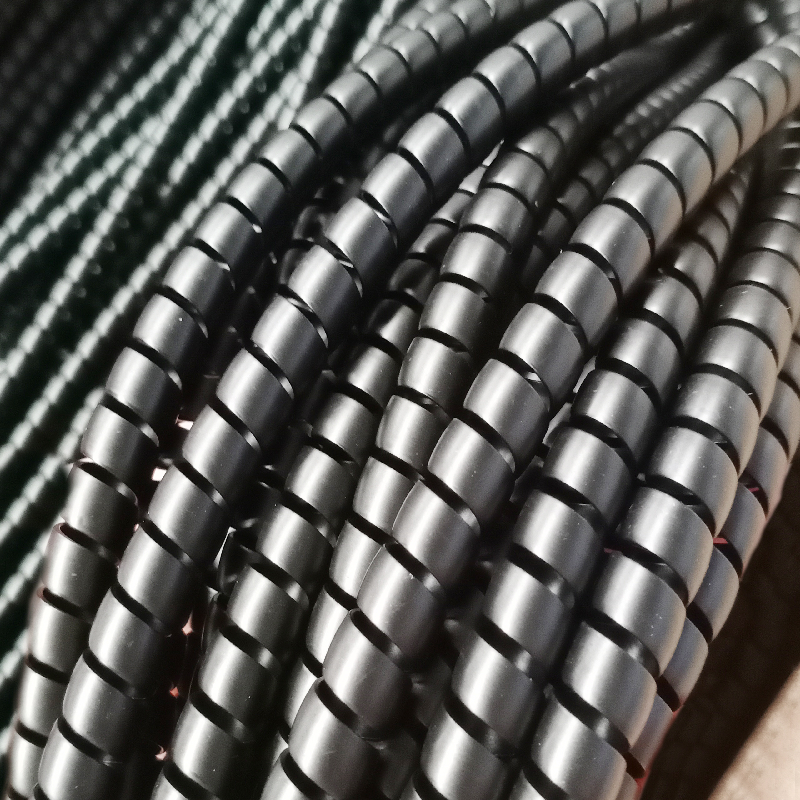Steps to Effectively Repair High Pressure Power Steering Hose for Optimal Performance and Safety
Repairing High Pressure Power Steering Hose A Comprehensive Guide
High pressure power steering hoses play a critical role in a vehicle's steering system, ensuring that power steering fluid flows from the pump to the steering gear. Over time, these hoses can wear down, leading to leaks or even failure that can significantly affect steering performance and safety. Repairing a high pressure power steering hose is not only essential for maintaining the vehicle's functionality but also for ensuring the safety of its occupants. This article will guide you through the process of identifying problems, assessing damage, and performing repairs.
Understanding the Importance of Power Steering Hoses
High pressure power steering hoses are designed to withstand the high pressures generated by the power steering pump, which can exceed 1,500 psi. These hoses are typically made of reinforced rubber lined with a durable outer layer to resist heat and wear. When these hoses degrade, they can develop leaks, causing fluid loss and reduced steering assistance. Recognizing the symptoms of a failing hose—such as fluid spots under the car, whining noises from the steering system, or stiff steering—is crucial for timely repairs.
Inspecting the Hose
Before attempting any repairs, it's important to thoroughly inspect the high pressure power steering hose for signs of wear or damage. Begin by visually examining the hose for any cracks, bulges, or deformities. Check for leaking fluid, which may appear as wet patches along the hose or around the connections. Additionally, examine the hose clamps; loose or corroded clamps can lead to fluid loss even if the hose itself is in good condition.
Assessing Damage and Determining Repair Needs
Once the hose has been inspected, you must assess the extent of the damage. Minor leaks or wear may be repairable, allowing for a simpler solution. For instance, if the leak is located near a fitting, you may only need to tighten or replace the clamp. However, if the hose shows significant cracks or bulges, or if the leakage is continuous, replacement is the best option.
Repairing or Replacing the Hose
repairing high pressure power steering hose

1. Gather the Necessary Tools Before beginning, ensure you have the right tools a wrench set, screwdrivers, and possibly a hose cutter. You will also need new hoses and clamps if replacement is necessary.
2. Drain the Power Steering Fluid To prevent spills, drain the fluid from the power steering reservoir. Use a container to catch the fluid and take care not to pour it on the ground, as it can be harmful to the environment.
3. Remove the Damaged Hose Use the appropriate wrench to disconnect the hose from the power steering pump and the steering gear or rack. It may require force or maneuvering, especially if rust or wear is present on the fittings.
4. Install the New Hose If you’re replacing the hose, position the new hose in place, ensuring that it aligns properly with the fittings. Tighten the hose clamps securely, but avoid overtightening as this could damage the hose or the fittings.
5. Refill the Power Steering Fluid After installing the hose, refill the power steering fluid reservoir with the recommended fluid type. It’s essential to follow the manufacturer's specifications for the best performance.
6. Check for Leaks Before taking the vehicle for a test drive, start the engine and check for leaks around the new hose connections. If everything appears secure, proceed with a short drive to ensure the steering system is functioning correctly and without leaks.
Conclusion
Repairing a high pressure power steering hose can seem daunting, but with the right tools and knowledge, it is manageable for those willing to take on the task. Regular inspection and maintenance can prevent critical failures and ensure a safe driving experience. If at any point the task feels beyond your capabilities, seeking professional assistance is always a wise decision. Ultimately, maintaining the integrity of the power steering system is vital for vehicle safety and performance.
-
Ultimate Spiral Protection for Hoses & CablesNewsJun.26,2025
-
The Ultimate Quick-Connect Solutions for Every NeedNewsJun.26,2025
-
SAE J1401 Brake Hose: Reliable Choice for Safe BrakingNewsJun.26,2025
-
Reliable J2064 A/C Hoses for Real-World Cooling NeedsNewsJun.26,2025
-
Heavy-Duty Sewer Jetting Hoses Built to LastNewsJun.26,2025
-
Fix Power Steering Tube Leaks Fast – Durable & Affordable SolutionNewsJun.26,2025

